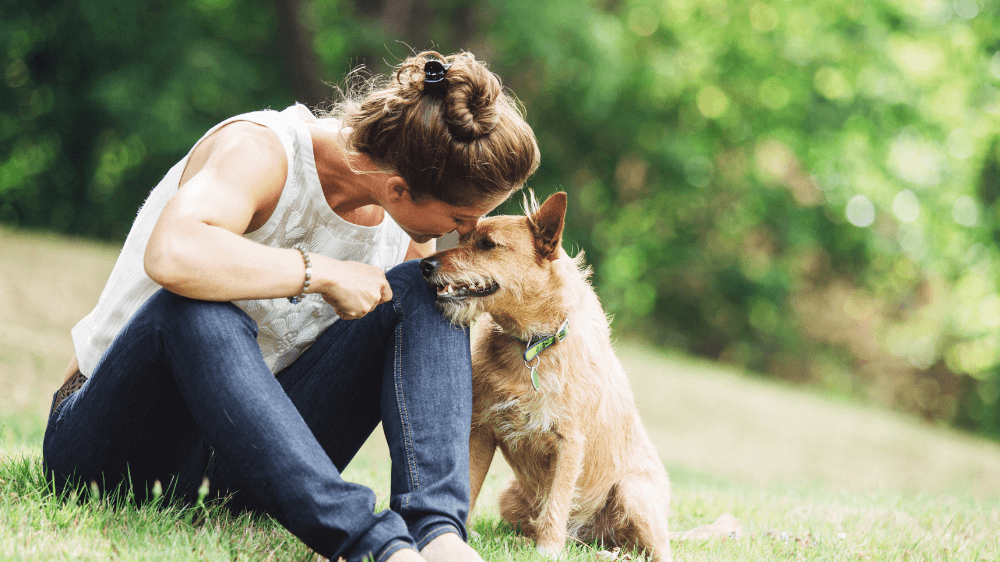Identifying your Dog’s Breed: You May be Barking Up the Wrong Tree

Identifying your Dog’s Breed: You May be Barking Up the Wrong Tree
You fell in love with each other at the dog shelter, and since then both of your lives have never been the same! Does this sound like you and your four-pawed pal? According to the ASPCA, about 1.6 million dogs are adopted from shelters every year. A new study says that—of those 1.6 million adopted dogs—the shelter staff correctly pinpoints breed only 67% of the time. So when it comes to identifying your dog’s breed, you may be barking up the wrong tree. Here’s what this study could mean to you and your beloved pet.
QUICK FACT: 23% of all dogs are adopted from shelters. - ASPCA
The Study’s Findings, by the Numbers
For the study, researchers performed DNA testing on 459 dogs at Arizona Animal Welfare League & SPCA (AAWL) in Phoenix, Arizona, and 460 dogs at San Diego Humane Society & SPCA (SDHS) in San Diego, California, to identify their genetic makeup.
Genetic analysis identified 125 distinct breeds. 91 of those breeds were observed at both shelters and only
There were three (3) principal breeds whose DNA was present in varying amounts in 42.5% of the dogs tested: American Staffordshire Terrier, Chihuahua, and Poodle.
Shelter staff were only able to identify one breed in the dogs’ makeup correctly 67% of the time. When it comes to identifying two breeds in the dogs’ makeup correctly, the percentage of correct guesses drops to 10.4%.
Why is Identifying a Dog’s Breed So Difficult?
According to the National Canine Research Council, which has done a separate study about breed misidentification, when more than one person tries to determine breeds based on visual means only, they hardly ever agree. Even a puppy whose parents are purebreds can look completely different than either of them—not unlike human babies, really. So at shelters, it becomes a “best-guess” scenario, with various degrees of success. The study’s findings show that only a mixed-breed dog identification DNA test can provide absolutely correct and unbiased results when it comes to breed identification.
Why is Identifying a Dog’s Breed So Important?
Now we come to the “So what?” If you’ve been told that your dog is a Yorkshire Terrier mixed with Labrador, does it really matter if she’s a Norwich Terrier mixed with Golden Retriever and Greyhound instead? Actually, yes! There are three main benefits for both you and your dog:
- Health: Some illnesses are breed-specific, and it’s important for you to know the breeds in your dog so you can best fulfill her health needs
- Purpose: Every dog has a job, and knowing her breed make-up can help you understand behaviors and find tasks that are meaningful to her. For example, when you know your dog has retriever in her, you can be pretty sure you’ll keep her happy by playing ball with her (for hours and hours and…)
- Understanding Behavior: If you discover your dog has Border Collie in her make-up and didn’t know it before, you will understand that her nipping at heels is perfectly natural behavior for that breed—instead of just thinking she’s naughty or misbehaving on purpose
The Bottom Line
Take all declarations from shelter employees relating to identifying your mixed-breed dog’s heritage with a grain of proverbial salt. This new study shows that although they mean well 100%, their chance of being correct is actually a much smaller percentage. The only sure method for identifying a dog’s breed is a DNA test.

Comments (0)